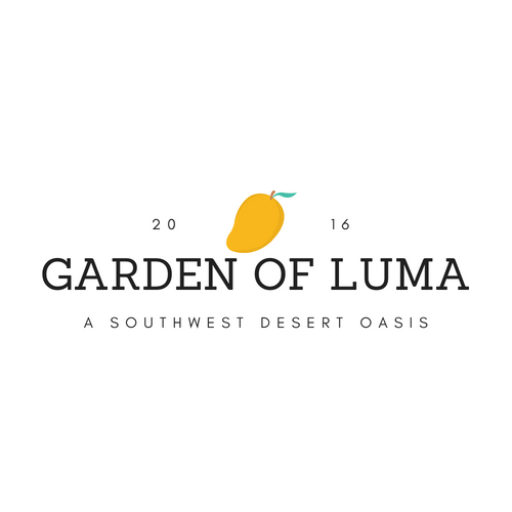Beginner Tips for a Thriving Garden in Hot Climates
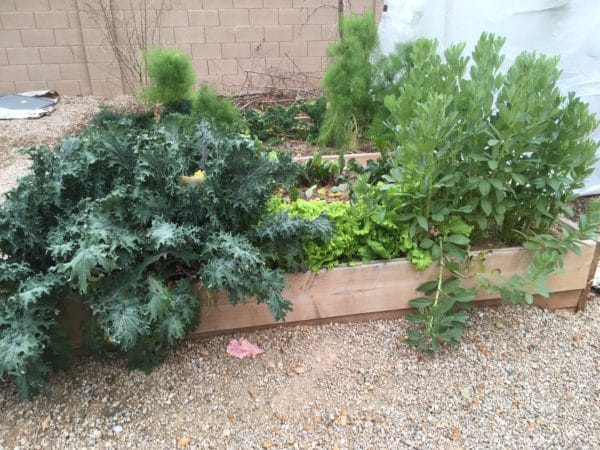
When you’ve been gardening in a climate with four seasons and move to a hot, dry climate, gardening becomes a whole new experience. I’ve come across many people who have given up on gardening in our Arizona desert, because it wasn’t as easy as it was growing back in their home state. With some basic understanding, trial and error, it’s possible to have a thriving garden in a hot climate.
Know When to Plant
Our growing season in the Arizona desert is much different than growing in places that have cold winters. If you’re gardening in other warm climate areas that don’t deal with intense winters, it’s going to be a similar deal. Many people that migrate to Arizona from other places stick to the gardening schedule they utilized somewhere else.
Several places in the U.S. still have threats of frost that can last well into May. Waiting until May to start planting tomato seeds in the Arizona desert is a recipe for failure.
May is generally when temps start soaring into triple digits which usually means death for a lot of vegetable plants. With that being said our growing season typically starts for warm weather crops like Tomatoes in Mid-Late Feb when threats of frost have diminished.
Harvesting is typically ready in May as temps start to soar. If you want to continue to keep things like tomatoes alive throughout our scorching summer, then you’ll need heavy shade. I tend to let mine go and replant next season.
Our second season starts around mid-late September as temps start dropping out of the triple digits. Crops that like cooler weather like broccoli, lettuces, cabbage etc. can be planted during this time.
One amazing resource is the Maricopa County Vegetable Planting Calendar. It’s a great guide for determining when to plant different types of crops in the Arizona desert, but can be a reference for other hot climates as well.
Watering
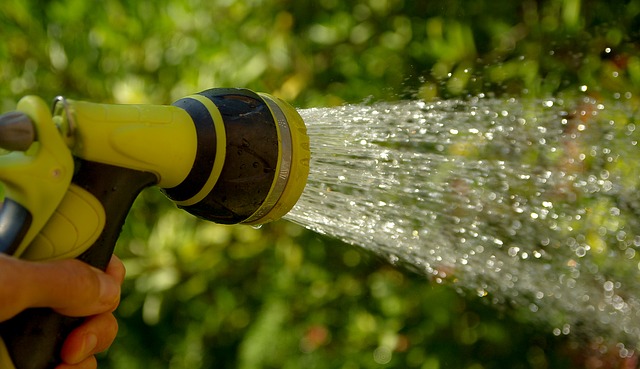
This tends to be one of the biggest challenges for gardeners in hot, dry climates. Watering tends to be more of an art form, then something that comes with a clear cut guide or schedule.
So many different factors go into watering your plants. Since many areas get ample rainfall, providing consistent irrigation to your garden in those climates isn’t generally as big of a deal. It took me a while to understand how to properly water plants in my desert climate.
When temps are hot and dry it’s common to want to water frequently, but this isn’t always the best thing to do. Overwatering can be just as detrimental to plants as under watering. I’m not saying that a pepper plant is suddenly like watering a cactus, but you don’t need to water it every hour when it’s hot outside.
One of the best tips that I’ve learned is to just stick my finger down a few inches into the soil and see if it’s dry or not. If it’s dry then water, if not, don’t. Over time, I’ve learned to observe the plants. If you haven’t watered in a few days and the plant starts looking droopy or leaves are drying, it probably needs some water.
On the flipside, if you’ve been watering every day and the plant starts looking limp and pale, back off the watering. A slow drip administering a gallon of water over a 30 minute period is going to be better for your plants then just dumping a gallon of water on them.
Slow watering gets deeper into the soil allowing roots to grow further down, so watering needs are less frequent. Also, hot climates lead to more evaporation which is detrimental for shallow watering.
Don’t Trust the Label
Many plants that you purchase from big box stores aren’t locally grown. The labels often indicate things like how much sun a plant needs. Many times these labels are geared towards more temperate growing conditions, so putting a plant in full sun in the desert can lead to death.
I’ve learned the hard way on this a couple of times. Full sun is great in climates with humidity or 80 degree Fahrenheit days, but in a hot, dry climate like the desert full day sun often means afternoon shade.
Utilize Raised Beds
Living in a hot, dry climate often means soil conditions that lack organic material, which makes it less fertile for growing. See my post, “Amending Clay soil for fruit trees” for more insight on how to help improve your soil or my post on earthworms to build a living soil.
Planting in raised beds is often the best way to garden in hot, dry climates so you have more control over your soil. It’s a lot easier to manage. In my post, Raised bed gardening, I go in-depth on how to utilize raised beds.
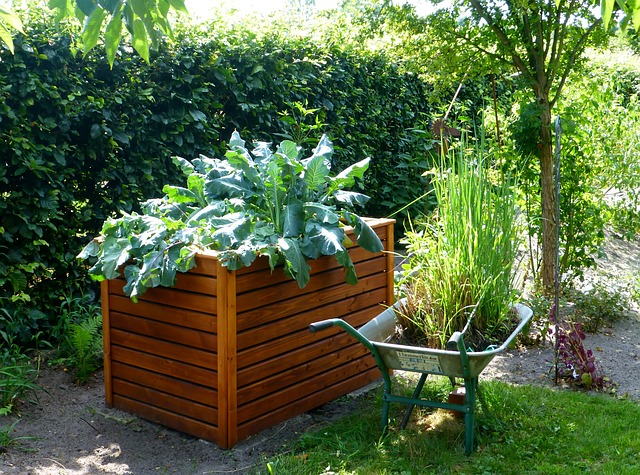
Feed Your Plants
Some gardener newbies have this vision of planting a seed, watering, and watching the plant grow. Food is a critical element that can be forgotten or misunderstood. Plants need nutrients that aren’t always readily available in the soil.
There are many different fertilizers for plants, but I primarily utilize organic methods. My go to plant fertilizers are homemade compost with rabbit manure, fish fertilizer which can be purchased here, and liquid seaweed/kelp which you may find here.
Mulching
I had no idea how important mulching was for gardening, especially in a hot climate. I always looked at mulching as something that was done for aesthetics. Mulching is huge for conserving moisture in a dry climate. As mulch breaks down over time it helps provide that organic material to your soil.
Educate Yourself
There are so many great resources to learn about gardening. One of my favorite books for gardening in hot climates is Extreme Gardening by Dave the Garden Guy. Since I began my gardening journey, I’ve been a voracious learner whether it’s through reading books, Youtube, websites, workshops, or Facebook groups, I’m constantly learning from someone.
I often hear people say how I have a green thumb or how they just aren’t able to grow anything, but I’ve thoroughly enjoyed learning all that I can about gardening, which has helped me to become the gardener I am today.
Learn from the Locals
It’s a good idea to know your growing zone. You can search your growing zone at US Hardiness Zone Map. This is going to help you understand climate trends for your area. Mainly, a hardiness zone looks at how cold, on average, your area gets. This helps you learn more about what plants will do best in your area. Also, talking to other gardeners or nurseries can help you get a better understanding of what has worked and what hasn’t.
Microclimates
Small pockets in your yard can have differing climates, that can affect your plant. There are many things to take into consideration when planting in specific areas in your yard.
For example, one spot may get a lot of summer sun, but hardly any sun in the winter months or planting in an open spot could lead to wind damage, whereas planting next to a wall could protect it. It’s amazing how much the temperatures can fluctuate within your yard space. For further reading on this topic try my post: Importance of Microclimates for Backyard Gardening.
Good Bugs and Bad Bugs
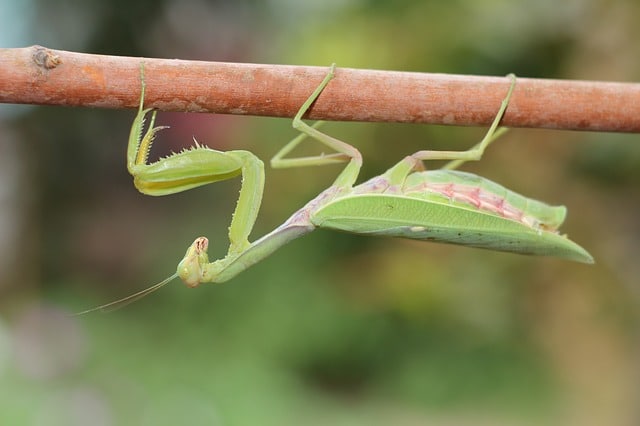
It’s inevitable, regardless of where you are gardening, that you’re going to have bugs. In the infant stages of my gardening, I tended to think bugs in the garden were a bad thing, which isn’t necessarily the case.
There are many beneficial bugs like ladybugs, assassin bugs, lacewings, praying mantis which can prey on bad bugs like whiteflies, thrips, and aphids. I’ve found that if your plants are healthy and you have a good balance between good bugs and bad, then having bugs in the garden doesn’t have to be a scary thing.
If you do need to take action, there are some good organic measures to take like using neem oil, diatomaceous earth, or just introducing more good bugs. I’ve never been a huge flower guy, but I’ve learned that planting various flowers to attract bees is a great way to bring pollinators into your garden.
RELATED POST: Should I Buy Beneficial Insects for the Garden
Be Patient
If you flop the first time, learn something from it and try again. It’s easy to get discouraged when you anticipate a huge harvest, only to have something ruin your crop. I’ve learned so much just through failures along the way which has made me a better gardener. As a gardener, you learn that the process can be just as fulfilling as eating the end result.
To summarize, becoming a new gardener in a hot, dry climate can present many different challenges. Following these tips will help you minimize some of those newbie gardening mistakes, setting you up to create a flourishing garden!
Please comment below anything that you’ve enjoyed from this post.
